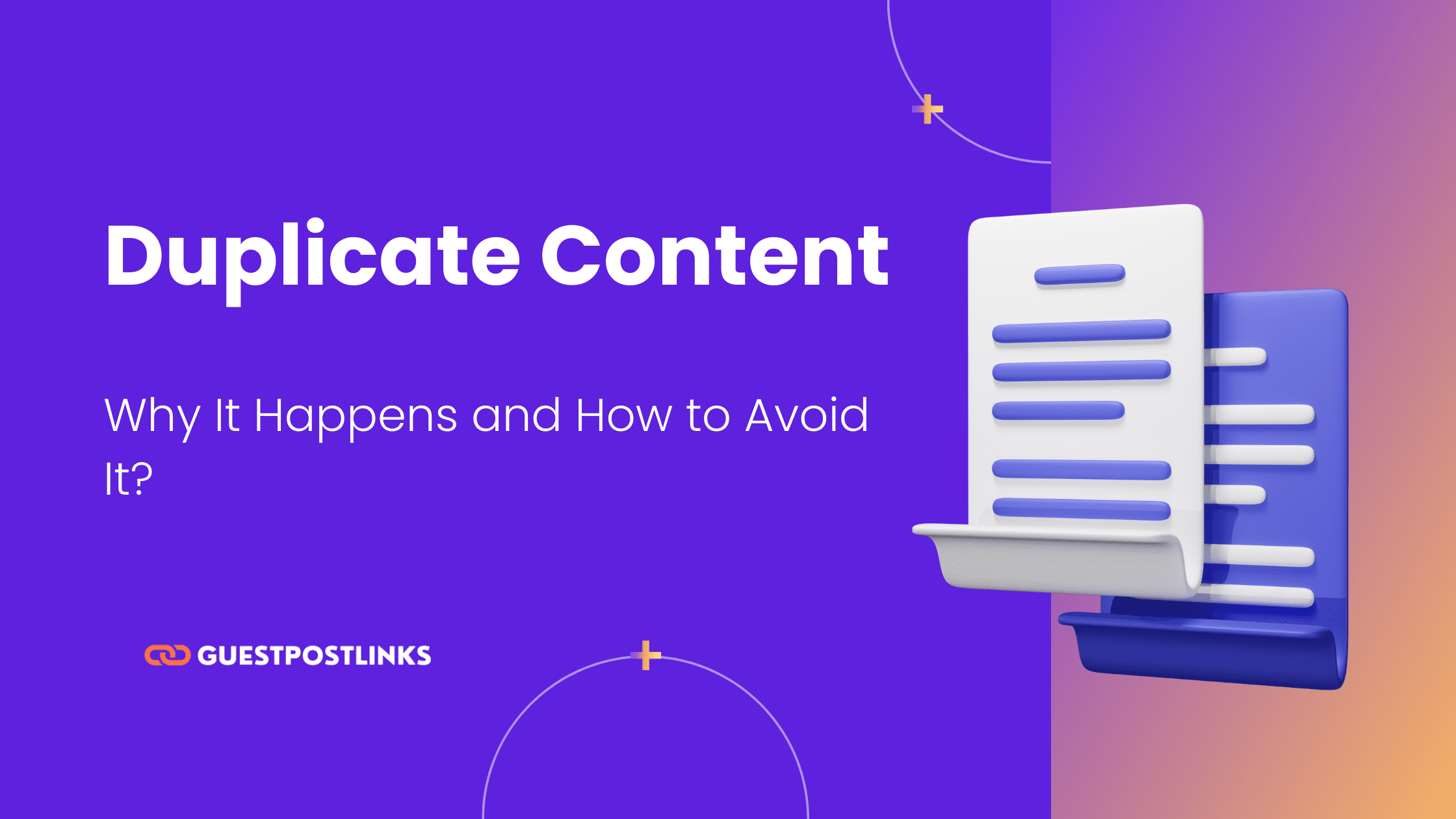What is Curated Content? [Best Practice, Tools, and Benefits]

Content curation is the process of discovering, gathering, organizing, and sharing relevant and valuable content from various sources on a particular topic or theme.
Content curators sift through a wide range of online and offline sources, such as articles, blog posts, videos, social media updates, and more, to select the most relevant and high-quality content. They then present this curated content in a cohesive and organized manner to their audience, typically through a website, blog, social media profiles, or email newsletters.
Curated content has become an essential aspect of content marketing strategies, allowing businesses to share valuable information from various reputable sources with their audiences.
In this blog, we will delve into the concept of curated content, how it works, its benefits, and the best practices for successful curation.
Additionally, we’ll explore some useful tools to streamline the content curation process and maximize its impact.
What is Curated Content?
Curated content refers to content that has been carefully selected, organized, and presented by a content curator or curator team to provide value to a specific audience.
This content is typically sourced from various external creators or publications and is chosen based on its relevance, quality, and alignment with a particular theme, topic, or area of interest.
The goal of curated content is to offer valuable information, insights, or entertainment to the audience without necessarily creating the content from scratch.
Curated content refers to the practice of gathering and sharing relevant and high-quality content from various sources to provide value to your audience. It involves sifting through a vast amount of content to handpick the most valuable and informative pieces that align with your brand’s theme and goals.
How Content Curation Works?
Maintaining a blog demands a substantial amount of time and effort. Even if you promote your blog posts on social media, there may come a point when you exhaust your own content reservoir and must start producing fresh material for your social media channels.
Fortunately, curated content offers a valuable solution by allowing you to complement your existing blog articles with content that others have authored and crafted.
Nevertheless, content curation is more intricate than it might initially appear. It involves more than simply conducting a web search, copying a link, and sharing it across your social media platforms or blog.
Effective content curation requires adherence to a structured process, which encompasses the following steps:
Finding Relevant Content
Finding the right content to curate is the first and perhaps most crucial step. This involves thorough research to identify authoritative sources, industry influencers, and reputable publications in your niche. Social media platforms, industry-specific websites, and content aggregator tools are valuable resources to help you discover relevant content.
For example, if you run a marketing blog, you might curate articles from leading digital marketing websites, interviews with marketing experts, and reports from reputable marketing research firms.
Organize the Content
Once you’ve identified the content pieces you want to curate, it’s essential to organize them in a user-friendly and logical manner. You can categorize content based on topics, formats, or themes, making it easier for your audience to find what they’re interested in.
For example, if you run a fitness blog, you might organize curated content into categories like “Nutrition,” “Workout Routines,” “Weight Loss Tips,” etc.
Schedule The Content
Consistency is key in content curation. Create a content calendar and schedule the curated pieces to be shared with your audience at regular intervals. This ensures that your audience receives a steady flow of valuable content without feeling overwhelmed.
For example, you can use a social media management tool like Hootsuite to schedule curated articles to be shared on your social media platforms throughout the week.
What Are The Benefits of Curated Content?
The practice of content curation offers several valuable benefits for both content creators and their audience:
Connecting with Your Audience
Curated content allows you to offer a diverse range of perspectives and viewpoints. By curating content that addresses various aspects of your niche, you can engage with a broader audience and foster a strong connection with them.
Saves Money and Time
Creating original content requires significant time and resources. By curating content, you can supplement your original pieces, saving time and money without compromising on value.
Maintains Relevance
In rapidly evolving industries, it’s challenging to produce timely and up-to-date content consistently. Content curation ensures that your audience receives the latest information, allowing your brand to stay relevant and informed.
Diversify Your Content Calendar
Curated content complements your original content, adding variety and diversity to your content calendar. This mix of content types keeps your audience engaged and interested.
Position Your Brand as a Thought Leader
By sharing high-quality content from authoritative sources, you position your brand as a trusted thought leader in your industry. Your audience will view your brand as a valuable source of information and insights.
Build Relationships
Curating content from other creators can initiate relationships and potential partnerships. When you share someone else’s content, they may take notice and reciprocate by sharing your original content.
Engage with Other Companies
Content curation can also lead to engagement with other companies and brands. When you curate content from other businesses, they might engage with your posts, leading to valuable networking opportunities.
Which Tools Can Help with Content Curation?
To streamline the content curation process, you can leverage various tools that aid in content discovery and management:
TrendSpottr
TrendSpottr is a real-time content discovery tool that identifies trending topics and content, helping you stay ahead of the curve.
Google Alerts
Google Alerts allows you to set up email notifications for specific keywords or topics. You’ll receive updates whenever new content related to your chosen topics is published.
Hootsuite
Hootsuite is a social media management platform that offers a content curation feature. You can discover, schedule, and share content across multiple social media platforms.
Curate By UpContent
Curate By UpContent is a content discovery tool that recommends personalized content based on your chosen topics and keywords.
ContentGems
ContentGems provides content recommendations tailored to your audience’s interests, making it easier to find valuable content to curate.
How Much Content Should You Curate?
The balance between curated and original content is crucial. While curated content can save time and provide value, relying solely on curated content can dilute your brand’s uniqueness and voice. Aim to maintain a balance where most of your content is original, and curated content complements it.
Content Curation Best Practices
Content curation can be a valuable strategy for sharing relevant and engaging content with your audience.
To make the most of content curation, consider these best practices:
- Understand Your Audience: Before you start curating content, have a deep understanding of your target audience’s interests, preferences, and pain points. This will help you select content that resonates with them.
- Choose Quality Over Quantity: Prioritize quality content over the quantity of content you curate. Focus on sharing well-researched, credible, and valuable information that adds real value to your audience.
- Diversify Your Sources: Don’t rely on a single source or type of content. Curate from a variety of reputable sources, including blogs, news websites, industry publications, and social media. This adds diversity and depth to your curation efforts.
- Add Context: When you share curated content, provide context or commentary to explain why it’s relevant or valuable. Your insights can help your audience understand the significance of the content.
- Stay Consistent: Maintain a consistent curation schedule. Whether it’s daily, weekly, or monthly, regularity helps keep your audience engaged and expecting fresh content.
- Credit the Original Source: Always give credit to the original content creators by mentioning their name, website, and linking back to the source. This not only respects intellectual property rights but also builds trust with your audience.
- Keep Relevance in Mind: Ensure that the content you curate aligns with your brand, niche, or area of expertise. Irrelevant content can confuse your audience and dilute your brand message.
- Use Tools: Consider using content curation tools and platforms that can help streamline the process, such as content discovery tools, RSS readers, or social media management software.
- Engage with Your Audience: Encourage discussions and interactions with your audience regarding the curated content. Ask questions, seek opinions, and respond to comments to foster engagement.
- Monitor Trends: Stay updated on industry trends and current events to curate timely and relevant content. This demonstrates that you’re in touch with the latest developments in your field.
- Respect Copyright: Be mindful of copyright laws and fair use principles. Avoid reproducing entire articles or pieces of content without permission unless it falls under fair use.
- Measure and Adjust: Use analytics and tracking tools to measure the performance of your curated content. Pay attention to metrics like engagement, shares, and click-through rates. Adjust your curation strategy based on what works best for your audience.
- Stay Ethical: Maintain ethical standards in your content curation efforts. Avoid plagiarism, misleading information, or manipulation of content.
- Curate Evergreen Content: While trending topics are important, don’t forget to curate evergreen content that remains valuable over time. It ensures that your content remains relevant long after it’s shared.
- Experiment and Evolve: Content curation is an evolving process. Don’t be afraid to experiment with different types of content, sources, and formats. Adapt and refine your strategy based on feedback and results.
Remember that effective content curation involves a balance between sharing valuable external content and creating your own original content. By following these best practices, you can build a strong online presence, engage your audience, and establish yourself or your brand as a trusted source of information in your niche or industry.
Wrap Up
Curated content is a powerful tool to engage your audience, establish your brand as a thought leader, and save time and resources. By following best practices and leveraging the right tools, you can harness the full potential of curated content to drive organic traffic and create value for your users.
FAQs
What is the meaning of curated content?
Curated content refers to the practice of handpicking valuable and relevant content from various sources to share with your audience.
What is an example of curated content?
An example of curated content is when a food blog curates a list of the best recipes for a specific cuisine from various cooking websites.
Is curated content something you created?
No, curated content consists of content created by other individuals or organizations that you gather and share with your audience.
How do I create curated content?
To create curated content, find reputable sources, organize the content, schedule it for sharing, and add your insights to make it valuable for your audience.




